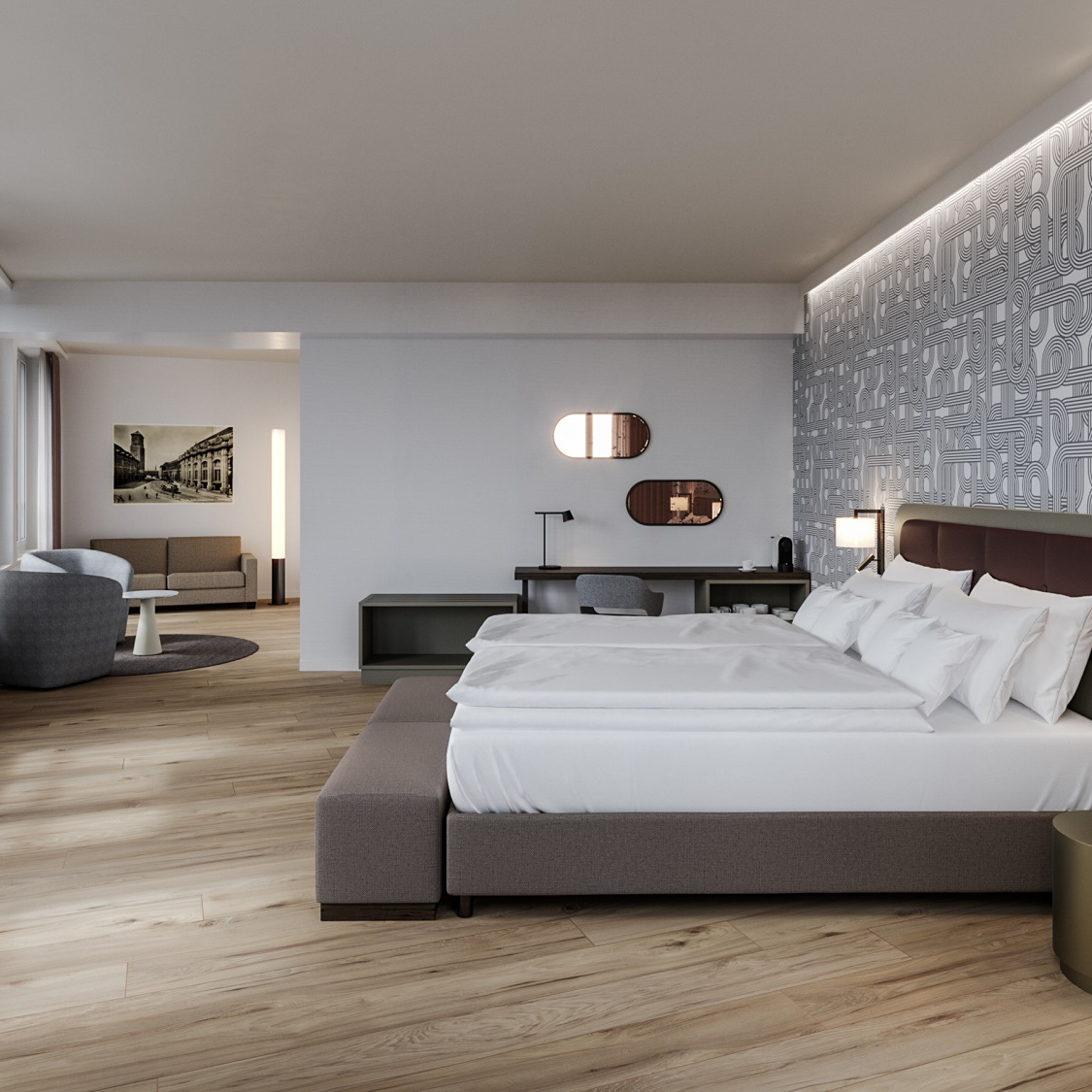Art deco style interior design first emerged during the early 20th century, and it became one of the most popular design movements of the era. The style is characterized by bold geometric shapes, luxury materials, and a strong focus on extravagance. Though art deco design was mostly associated with the 1920s and 1930s, its influence can still be seen in homes and interior spaces around the world today.
The Origins of Art Deco Style
Art deco style developed as a response to the austerity of the First World War, and the desire for something new and exciting in design. The movement emerged in France in the 1920s, and quickly spread throughout Europe and the United States. The term “art deco” comes from the name of the 1925 International Exposition of Modern Decorative and Industrial Arts, which was held in Paris and featured many works in this style.
The Key Elements of Art Deco Style
Art deco style is characterized by a number of key elements:
- Geometric shapes, including triangles, trapezoids, and chevrons
- Bold colors, including black, white, gold, and silver
- Luxury materials, such as marble, brass, and exotic woods
- Symmetry and repetition of patterns
- Streamlined, modernist shapes
- Reference to ancient cultures, such as Egypt, Greece, and Rome
- Emphasis on functionality and practicality
Using Art Deco Style in Interior Design
Art deco style can be applied to a range of interior spaces, from bedrooms and living rooms to restaurants and hotels. When designing a space in art deco style, it is important to keep in mind the key elements of the movement. Some tips include:
- Emphasize bold shapes and patterns, such as chevron stripes or geometric shapes on rugs or wallpaper.
- Use luxe materials like marble and brass to add a touch of glamour to the space.
- Incorporate mirrored surfaces, which were popular in art deco design for their ability to reflect light and create a sense of spaciousness.
- Opt for sleek, modernist shapes in furniture and decor, such as a streamlined sofa or a sculptural table lamp.
- Choose bold, contrasting colors such as black and white, or gold and black for a dramatic effect.
- Include artwork and decor that references ancient cultures, like Egyptian-inspired sculptures or Greek-inspired vases.
Inspiration From Art Deco Style Designers
Many famous designers and architects were influenced by the art deco style, and their work remains inspiring today. One of the most famous art deco designers was Eileen Gray, an Irish-born architect who worked in France during the 1920s and 1930s. Gray’s work emphasized simplicity and functionality, while also incorporating luxurious materials like leather and lacquer. Another notable designer was Rene Lalique, a French glass artist who created intricate, one-of-a-kind glass pieces that showcased the beauty of the art deco style.
The Legacy of Art Deco Style
Though the art deco movement waned in popularity after the Second World War, its influence can still be seen in design today. Many contemporary designers incorporate elements of the style into their work, from the use of geometric patterns to the incorporation of luxurious materials like brass and marble. In this way, the enduring legacy of art deco style proves that good design never truly goes out of fashion.
Art deco style interior design remains a popular choice for those looking to create a sense of luxury and glamour in their home or office. By incorporating bold, geometric patterns, luxe materials, and a focus on functionality, art deco design offers a timeless elegance that has endured through the decades. Whether in a hotel lobby or a private residence, art deco style adds a touch of sophistication and glamour to any space.
